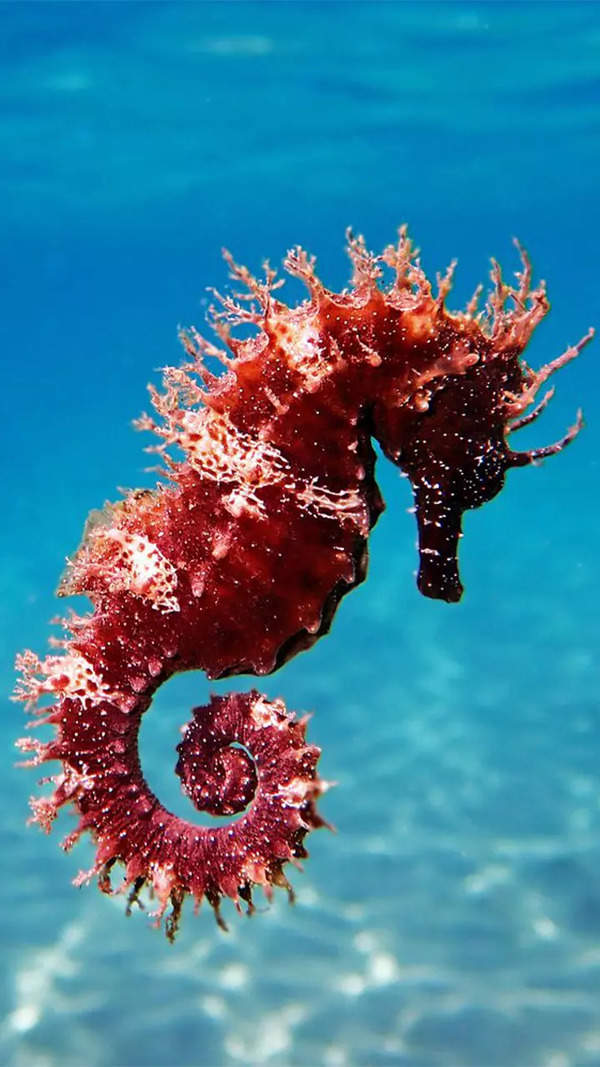- News
- City News
- mumbai News
- Adult-sized med equipment adapted for kid’s angioplasty
Trending
Adult-sized med equipment adapted for kid’s angioplasty
Mumbai: A seven-year-old girl likely became the youngest in the city to undergo angioplasty. When Shilpa (name changed) was taken by her parents to Wadia Hospital, paediatric cardiologist Dr Shreepal Jain said the girl was also experiencing abdominal pain and vomiting, symptoms initially mistaken for a gastrointestinal issue. "Then we noticed unusual skin lesions on her body—something more common in adults with high cholesterol," Dr Jain said.
"Her ECG was alarming and pointed to heart trouble. When we conducted an angiography, we were shocked to find her left main coronary artery was 99% blocked." As a result of her genetic condition, Shilpa developed coronary artery disease, a condition which is a common cause of death in adults over 45.
She was then referred to Jaslok Hospital, where a team led by Dr A B Mehta performed the angioplasty. For Dr Mehta, who has performed more than 20,000 angioplasties over his career, Shilpa was his youngest patient to date. Before her, it was a 17-year-old .
Both doctors noted Shilpa's condition was life-threatening. "She was sitting on a volcano. The blocked artery was responsible for approximately 70% of her blood flow. If it had completely closed, she could have gone into fatal circulatory failure within days," Dr Mehta said. A liver transplant is considered the most stable long-term solution for her underlying condition, but her critical state necessitated immediate restoration of blood flow to stabilise her.
Dr Mehta said a bypass surgery could have been an option but was ruled out due to its "long, invasive, and risky" nature in such a fragile patient. Instead, his team opted for angioplasty, adapting adult-sized equipment for Shilpa's smaller anatomy. "We used innovative techniques to modify the equipment. A wire was threaded into an adult catheter, softened using controlled heat from a hair dryer, shaped to match her aorta's dimensions, and then cooled in saline to hold its form. This process was repeated multiple times to ensure absolute precision."
Once the equipment was customised, the artery was carefully dilated with a balloon. A 2.75mm stent, expandable to 3.5mm—typically sized for adult arteries—was implanted. "By doing this, we've addressed her immediate condition and provided a solution that should last for the next 10 to 15 years," Dr Mehta said.
This is not the first time angioplasty has been performed on a kid. In 2015, TOI reported a similar case involving a nine-year-old treated by Dr Hasmukh Ravat. According to Dr Ajay Mahajan, head of cardiology at KEM Hospital, such procedures in kids are rare but not unprecedented. "Similar interventions are performed in specialised centres. The real test of success lies in the follow-up, as outcomes need to be monitored over time. She'll be on long-term medication," he said.
End of Article
FOLLOW US ON SOCIAL MEDIA
Visual Stories
Hot Picks
TOP TRENDING
Explore Every Corner
Across The Globe











